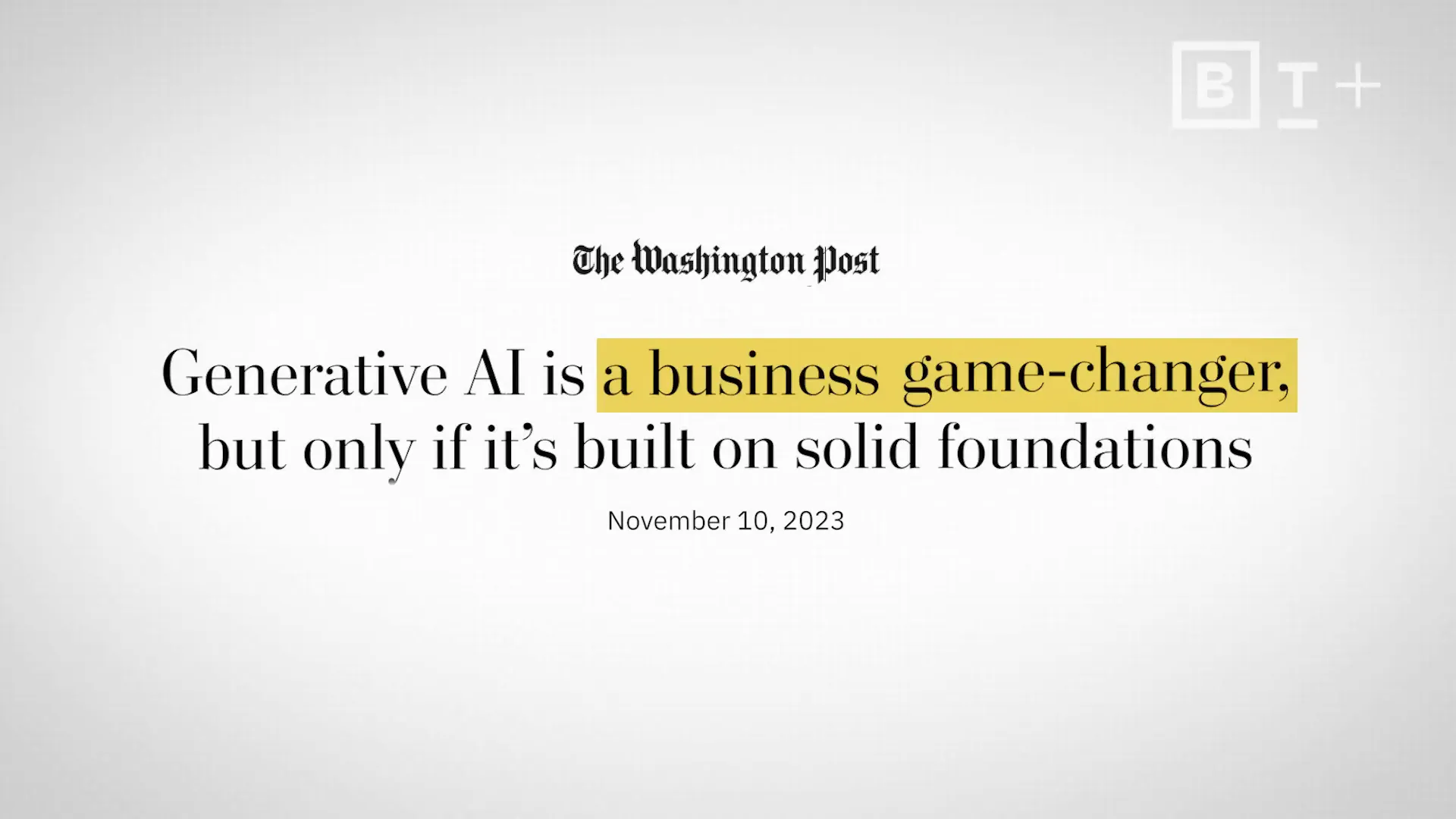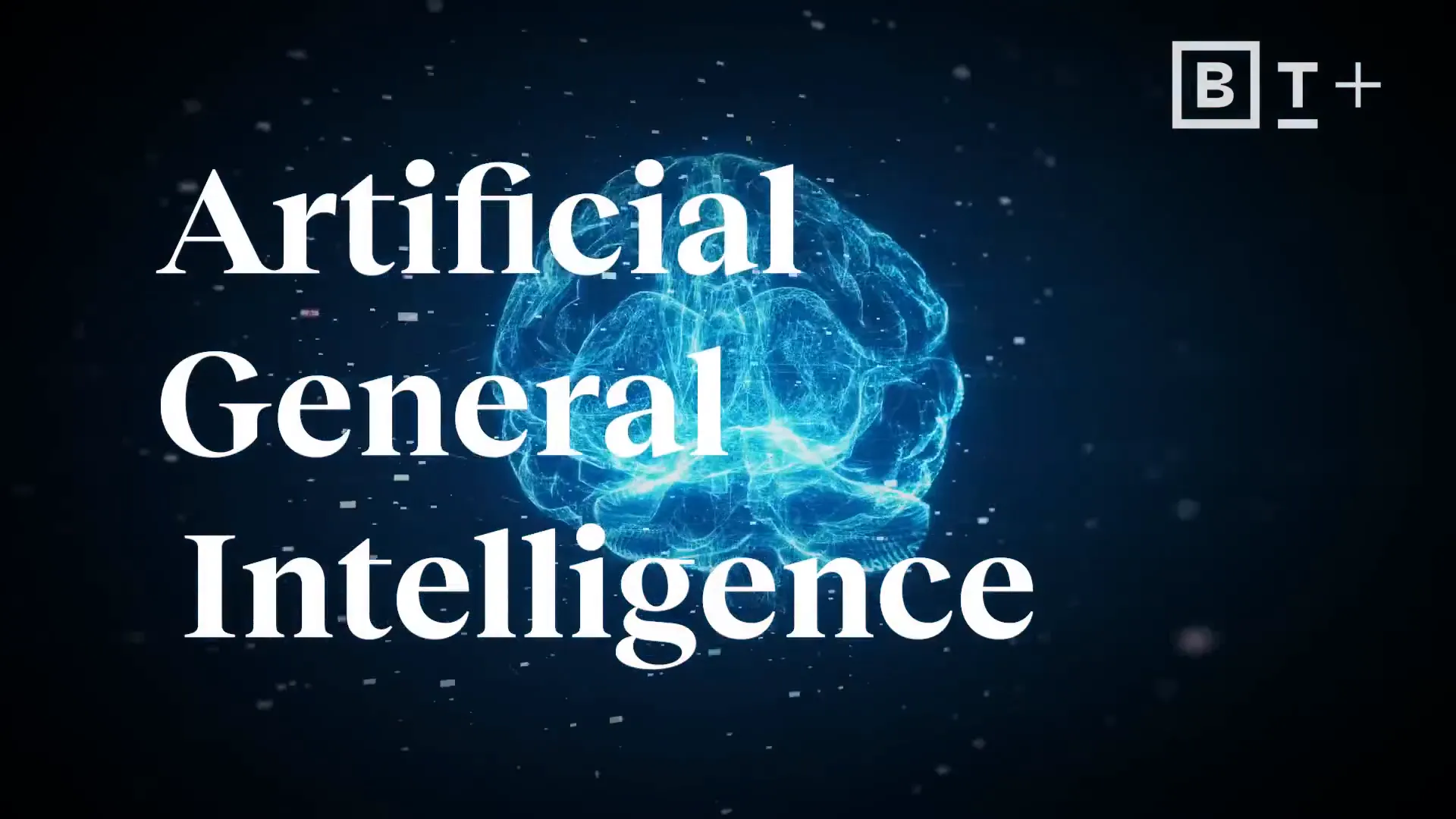Jul 9, 2025
AI in Recruiting: Understanding the Real Impact of Generative AI vs. Predictive AI
Artificial intelligence has taken the world by storm, especially with the rise of generative AI technologies like ChatGPT. These tools promise to revolutionize industries by automating complex tasks and creating content that feels almost human. But when it comes to practical applications such as AI in recruiting, the hype can sometimes overshadow the reality. Eric Siegel, an expert in predictive analytics and machine learning, sheds light on the differences between generative AI and predictive AI, clarifying what each technology can truly deliver in terms of operational value and efficiency.
In this article, we will explore the nuances between generative and predictive AI, focusing on their implications for enterprises and specifically how AI in recruiting can benefit from a more grounded understanding of these technologies.

Generative AI: Impressive but Limited
Generative AI has captured public imagination with its ability to create text, images, and even code that appear remarkably human-like. Tools such as large language models (LLMs) are capable of discussing virtually any topic, generating first drafts of documents, or producing creative content with speed and fluency. However, despite its impressive facade, generative AI is often misunderstood in terms of its reliability and autonomy.
Eric Siegel points out that generative AI is “often correct only as a side effect.” This means that while the technology can produce plausible and coherent responses, it can also “hallucinate” or make things up, requiring constant human oversight and fact-checking. This limitation reduces its potential for full automation, since users cannot blindly trust the output without proofreading and corrections.
For example, in AI in recruiting, generative AI might generate job descriptions or candidate outreach emails quickly, but recruiters still need to review and tailor these outputs to ensure accuracy and appropriateness. This need for human intervention means the technology acts more like an assistant than an autonomous agent.

Predictive AI: The Powerhouse for Enterprise Operations
In contrast, predictive AI—or enterprise machine learning—is a more mature and pragmatic technology that focuses on learning from data to make predictions that drive decision-making in large-scale operations. Unlike generative AI, predictive AI excels at automating millions of routine decisions with high accuracy and autonomy, leading to tangible improvements in efficiency and cost savings.
Predictive AI is the technology enterprises rely on to optimize processes such as fraud detection, maintenance scheduling, marketing targeting, and risk assessment. For instance, it can predict which transactions are likely fraudulent, which equipment parts need inspection, or which patients may require additional care before hospital discharge. These applications involve prioritization and triage—critical functions that keep industries running smoothly and safely.

Case Study: UPS and Predictive Delivery Optimization
A compelling example of predictive AI’s impact is UPS, one of the largest delivery companies in the United States. By predicting tomorrow’s deliveries even before all packages are received, UPS can plan routes and load trucks more efficiently. This predictive foresight allows the company to save over $350 million annually and reduce emissions by hundreds of thousands of metric tons.
Here’s how it works: When UPS begins planning and loading trucks in the late afternoon or early evening, it doesn’t yet have complete information about all packages arriving that night. Predictive AI models estimate the likelihood of deliveries to each address, filling in the gaps with probable deliveries. This more complete picture enables UPS to optimize routes that minimize driving distance, fuel consumption, and driver time.
While some predictions may be off, the overall gain in completeness outweighs the uncertainty, illustrating how working with probabilities rather than certainties is essential for improving large-scale operations.

Why Predictive AI is Essential for AI in Recruiting
In recruiting, predictive AI can transform hiring processes by analyzing vast amounts of candidate data to predict who is most likely to succeed in a role, remain with the company, or fit the organizational culture. Unlike generative AI, which might help draft job postings or communication, predictive AI dives deep into data-driven decision-making, helping recruiters prioritize candidates and allocate resources effectively.
For example, predictive models can:
- Rank candidates based on predicted job performance
- Identify candidates at risk of attrition
- Forecast hiring needs based on business trends
- Optimize interview scheduling by predicting candidate availability
By automating these decisions, predictive AI helps recruiters focus on high-value tasks such as candidate engagement and cultural fit assessments, ultimately making the hiring process more efficient and effective.

The Hype Around Artificial General Intelligence (AGI) and Why to Stay Grounded
There is a popular narrative that generative AI is rapidly advancing toward artificial general intelligence (AGI)—a hypothetical machine intelligence capable of performing any intellectual task that a human can. This idea fuels excitement and fear alike, conjuring images of computers “coming alive” like Frankenstein’s monster.
Eric Siegel cautions against this hype, stating that fully replicating human intelligence is not imminent. Instead, he urges businesses and technologists to manage expectations realistically and avoid falling into the trap of overestimating what generative AI can do today.
For organizations considering AI in recruiting or other business functions, the focus should be on concrete, credible use cases that demonstrate measurable improvements. Rather than chasing the philosophical question of whether AI can “think” like a human, companies should prioritize practical deployments that deliver value by improving specific operations.

How to Approach AI in Recruiting and Beyond
To maximize the benefits of AI in recruiting, it’s vital to differentiate between generative and predictive AI and understand what each can realistically offer. Here are some practical steps:
- Identify Your AI Type: Determine whether your use case benefits more from generative AI’s content creation abilities or predictive AI’s decision-making strengths.
- Define Specific Use Cases: Focus on well-defined problems where AI can improve efficiency or outcomes, such as candidate screening or interview scheduling.
- Measure and Iterate: Use data to evaluate AI’s impact and refine models or workflows accordingly.
- Maintain Human Oversight: Especially with generative AI, ensure that outputs are reviewed and validated to avoid errors or bias.
This practical, value-driven approach helps avoid the pitfalls of hype and ensures that AI investments contribute meaningfully to organizational goals.
Conclusion: Harnessing AI in Recruiting with Realistic Expectations
The excitement around generative AI is understandable given its ability to produce human-like language and creative outputs. However, when it comes to AI in recruiting and other large-scale enterprise operations, predictive AI remains the more reliable and impactful technology.
Predictive AI’s strength lies in its ability to analyze data, predict outcomes, and automate decision-making processes that drive efficiency and cost savings. Meanwhile, generative AI serves as a powerful tool for drafting and ideation but requires human supervision and cannot yet replace autonomous operations.
By focusing on concrete, credible use cases and understanding the respective roles of generative and predictive AI, organizations can harness these technologies to improve recruiting outcomes and business performance without succumbing to unrealistic expectations.
In the end, the key to success with AI in recruiting is to balance innovation with pragmatism—leveraging AI where it adds the most value and maintaining a clear-eyed view of its limitations.